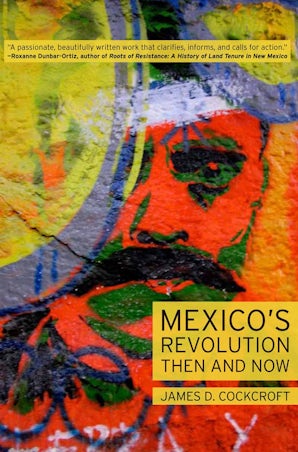Also in this issue
Books by James D. Cockcroft
Mexico’s Revolution Then and Now
by James D. Cockcroft
Mexico's Hope
by James D. Cockcroft



